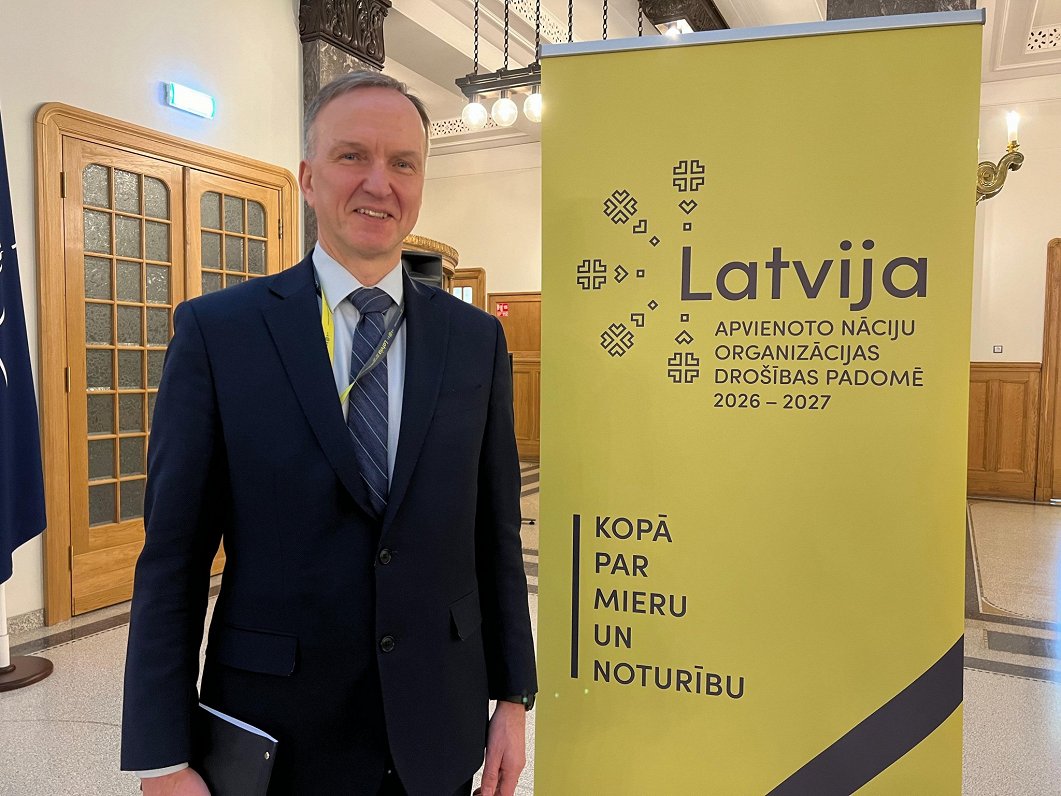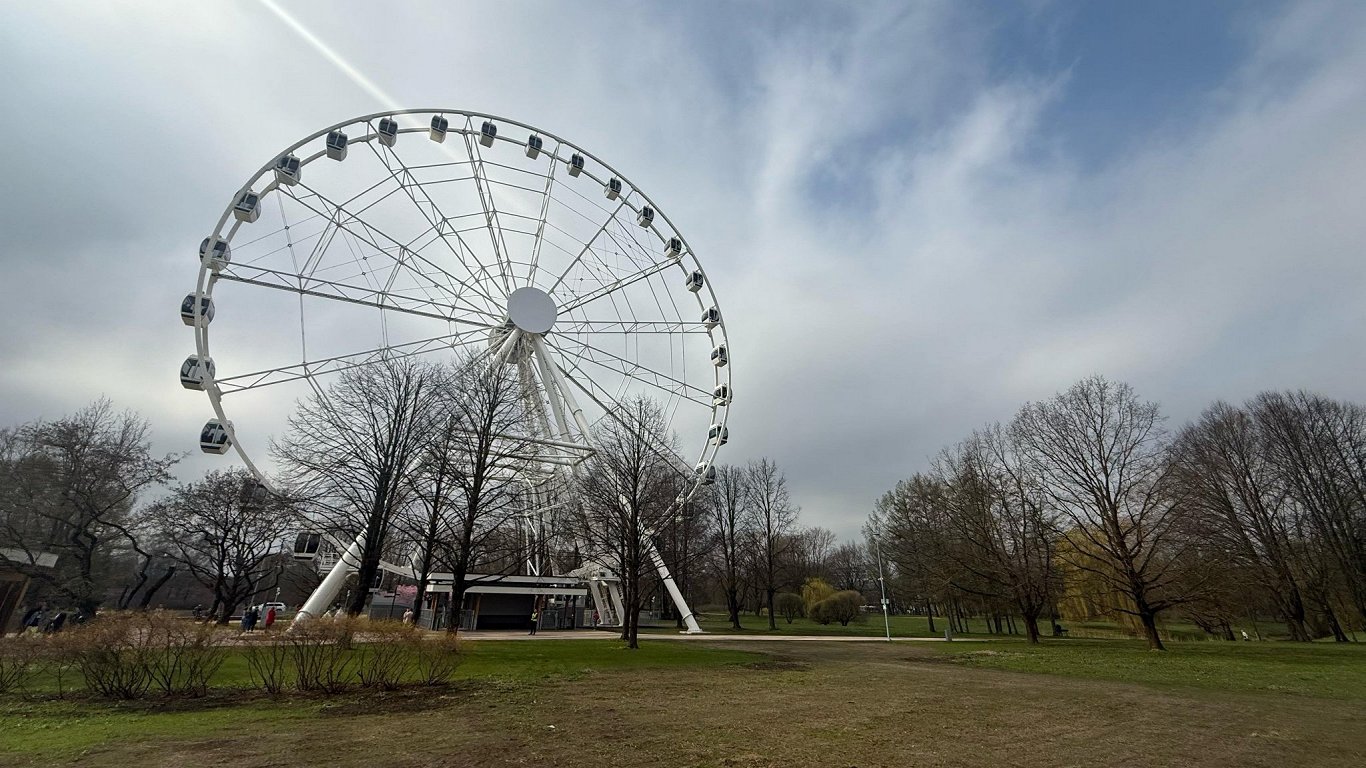Fresh data from Eurostat tends to confirm something we generally assume about Latvians – that we’re not always the happiest of bunnies.
In 2022, Europeans rated their satisfaction with life on average at 7.1 points on a scale from 0 (very dissatisfied/what’s the point?) to 10 (very satisfied/tickety-boo!). The rating was highest in Austria (7.9), Finland, Poland and Romania (each at 7.7) and lowest in Bulgaria (5.6), Germany (6.5) and Greece (6.7).
Latvia and Croatia also showed sighing tendencies with levels of satisfaction at 6.8. However, in all countries except doom-laden Bulgaria, average levels of life satisfaction were higher than 6, meaning that respondents to the survey declared themselves satisfied rather than dissatisfied.
As might be expected, in most Member States people aged 16-29 showed higher life satisfaction compared to those above 65, though the opposite pattern in this respect was seen in Denmark, Sweden, Ireland, the Netherlands, Luxembourg and Finland – notably all countries with relatively high old age pensions.
“EU citizens tended to be quite satisfied with their life in general, reporting an average of 7.1 points out of 10.0, and in all but one country, the average level was over 6 (i.e., satisfactory and above). There were, however, clear regional patterns: people in the northern, as well as western parts of the EU, tended to be more satisfied with their lives than people in the Baltic countries, the Mediterranean area and eastern parts of the EU,” concluded Eurostat.
“Income had an impact on life satisfaction. However, while the highest earners tended to be more satisfied with their lives than those with the lowest incomes, even people in the lowest income quintile tended to be more satisfied with their lives than not. Other demographic and socio-economic factors such as age, educational attainment, household type and degree of urbanisation also played a role in subjective wellbeing ratings. Educational attainment had a positive influence on life satisfaction, as did being part of a couple and having children. There was also a notable age-related pattern. Life satisfaction seemed to decrease with age in the EU, except in some of the countries reporting the highest overall life satisfaction,” said Eurostat.
Regarding the overall changes in average subjective well-being between 2018 and 2022, the data showed larger decreases for people with higher levels of education and medium to high income levels as well as for the younger population (aged 16-29 years) when compared with the total surveyed population. The decreases were uniform among men and women.






